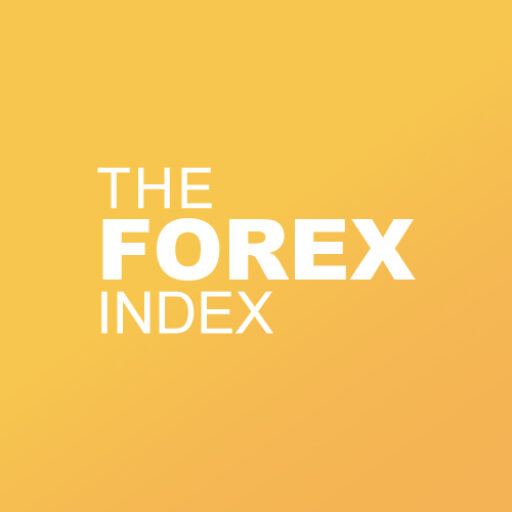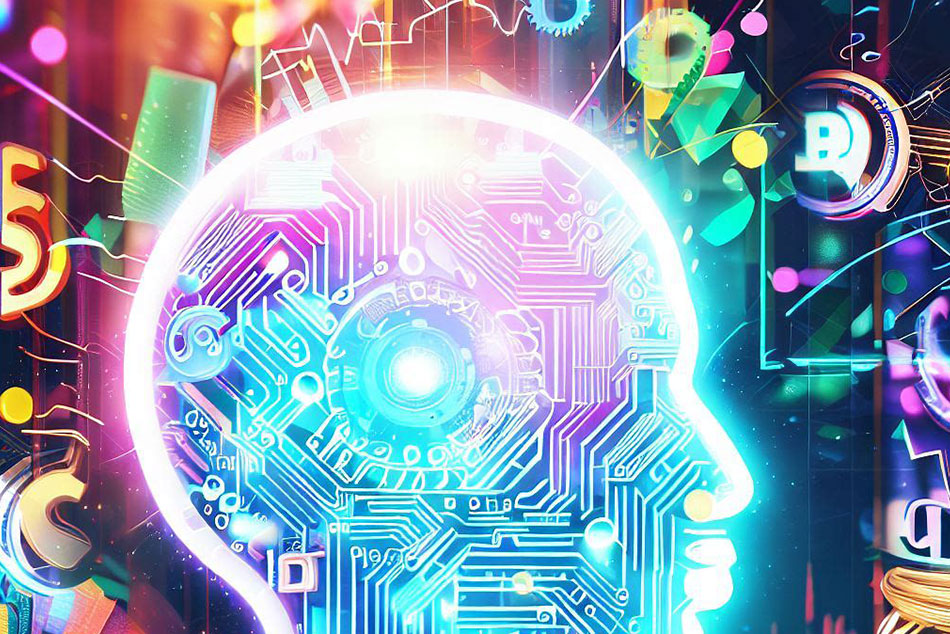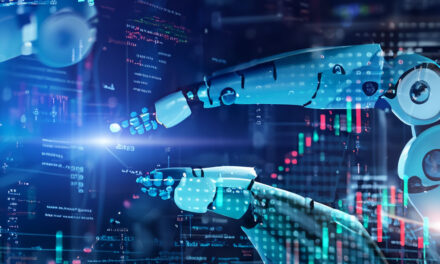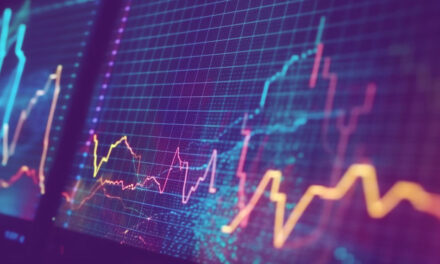In an era of rapid technological advancement, one innovation is turning the world of Forex trading on its head: Artificial Intelligence (AI). As we gaze into the future, it’s clear that AI will continue to influence and shape the landscape of this industry in 2023 and beyond. But how exactly is this technology revolutionizing the Forex market?
Exploring the Rise of AI-Driven Trading Solutions
In the recent past, AI has made its presence felt in the world of Forex trading. It’s no longer just about human brokers following charts and graphs; AI-driven platforms are now taking center stage.
These AI solutions offer automated trading and decision-making, leveraging machine learning to analyze massive amounts of market data and make informed predictions. They offer potential for higher returns and revolutionary changes in the way the Forex market operates.
One of the key advantages of AI-driven trading solutions is their ability to process and analyze vast amounts of data in real-time. Traditional trading methods often rely on human traders to manually analyze charts and indicators, which can be time-consuming and prone to human error. AI, on the other hand, can quickly scan through thousands of data points and identify patterns that may not be immediately apparent to human traders.
Furthermore, AI-driven trading solutions have the ability to adapt and learn from their experiences. Through machine learning algorithms, these platforms can continuously improve their performance by analyzing past trades and adjusting their strategies accordingly. This adaptive nature allows AI-driven trading solutions to stay ahead of market trends and make more accurate predictions, potentially leading to higher profits for traders.
Another benefit of AI-driven trading solutions is their ability to remove emotional biases from trading decisions. Human traders are often influenced by emotions such as fear and greed, which can cloud their judgment and lead to irrational trading decisions. AI, on the other hand, operates purely based on data and predefined algorithms, eliminating the impact of emotions on trading outcomes.
Moreover, AI-driven trading solutions can operate 24/7 without the need for breaks or sleep. This means that trading opportunities can be identified and acted upon even when human traders are unavailable. The ability to trade around the clock allows AI-driven platforms to take advantage of global market movements and potentially generate profits at any time of the day or night.
Despite the numerous advantages of AI-driven trading solutions, there are also concerns and challenges that need to be addressed. One major concern is the potential for AI to make incorrect predictions or misinterpret market data, which could lead to significant financial losses. Additionally, there is a debate around the ethical implications of AI-driven trading, particularly in terms of its impact on job displacement and market manipulation.
In conclusion, AI-driven trading solutions have emerged as a powerful tool in the Forex market, offering automated trading, data analysis, and predictive capabilities. These platforms have the potential to revolutionize the way trading is conducted and generate higher returns for traders. However, it is important to carefully consider the risks and ethical implications associated with AI-driven trading to ensure its responsible and sustainable implementation.
How Automation Is Transforming the Forex Market
Automation has significantly altered the terrain of Forex trading. Gone are the days of manual data input and analysis, replaced instead by automated systems that execute trades in fractions of a second. This shift has allowed for faster, more accurate trade decisions making the market more efficient.
By reducing the possibility of human error and the time needed for decision-making, automation is revolutionizing the world of foreign exchange markets.
One of the key advantages of automation in the Forex market is the elimination of human error. In manual trading, traders would often make mistakes due to fatigue, emotional factors, or simply overlooking important information. These errors could lead to significant financial losses. However, with automated systems, trades are executed based on pre-determined algorithms, eliminating the possibility of human error.
Moreover, automation has drastically reduced the time needed for decision-making in Forex trading. In the past, traders would spend hours analyzing market trends, studying charts, and interpreting indicators before making a trade. This time-consuming process often led to missed opportunities or delayed actions. With automated systems, these tasks are performed in a matter of milliseconds, allowing for near-instantaneous trade execution.
Another benefit of automation in the Forex market is the ability to backtest trading strategies. Traders can input historical data into automated systems and simulate trades to evaluate the performance of various strategies. This process helps traders identify the most effective approaches and refine their trading techniques. Without automation, backtesting would be a time-consuming and labor-intensive task.
Furthermore, automation has opened up new possibilities for traders by enabling them to access the market 24/7. Unlike manual trading, which requires constant monitoring and availability, automated systems can execute trades even when the trader is asleep or away from their desk. This around-the-clock accessibility allows traders to take advantage of global market opportunities and react to sudden market movements at any time.
Additionally, automation has brought greater transparency to the Forex market. With manual trading, it was often difficult to track and analyze every trade, especially for high-frequency traders. However, automated systems provide detailed records of every trade executed, allowing traders to review and analyze their performance with ease. This transparency not only helps traders make more informed decisions but also promotes accountability and trust in the market.
In conclusion, automation has revolutionized the Forex market by eliminating human error, reducing decision-making time, facilitating backtesting, enabling 24/7 trading, and improving transparency. As technology continues to advance, we can expect further innovations in automation that will continue to shape the future of Forex trading.
Examining the Potential Benefits and Risks of AI
Like any groundbreaking technology, AI brings its own set of advantages and potential risks. On one hand, AI-powered trading systems promise greater accuracy in market predictions, reduced risk, and increased profitability. These systems can process vast quantities of data quickly and accurately to predict market trends.
However, the reliance on AI also presents new challenges and risks. It could lead to market volatility if AI systems make uniform decisions leading to large-scale buying or selling. Additionally, the lack of human oversight could also pose risks.
How AI Is Enhancing Forex Trading Strategies
The integration of AI into Forex trading has changed the traditional methods of developing and implementing trading strategies. AI can sieve through numerous variables to identify the most profitable trades which was unthinkable with conventional methods.
AI can adjust trading strategies in real time based on market fluctuations. This real-time adjustment makes AI-powered trading remarkably adaptable and potentially highly profitable.
Examining the Impact of AI on Forex Brokers
As AI revolutionizes Forex trading, brokers are finding that their roles are evolving. These developments compel brokers to gain expertise in AI and machine learning to stay competitive.
The inclusion of AI technologies in brokerage services has also improved customer service, with AI chatbots now able to answer client queries quickly and accurately.
Exploring the Regulatory Challenges of AI-Driven Trading
While AI brings many advantages, it also presents challenges for regulators. Ensuring the fair, transparent operation of AI-driven trading is a complex task.
Regulators must grapple with new questions around the ethical use of AI in Forex trading, data privacy, and protecting traders from AI-driven market manipulations.
Understanding the Future of AI-Enabled Forex Trading
With the rapid advancements in AI technology, its role in Forex trading will continue to grow. The future will likely see an increase in the use of AI for predictive analytics, risk management and decision-making.
This shift could lead to a more efficient, profitable and inclusive Forex market, revolutionizing the world of finance as we know it.
Examining the Changing Roles of Traditional Traders
As AI takes a central role in Forex trading, the role of traditional traders is shifting. With AI handling data analysis and decision-making, traders can focus on refining strategies and managing risks.
The emerging shift towards AI offers both an exciting opportunity and momentous challenge. Traders will need to adapt and embrace these new technologies to thrive in the AI-driven Forex landscape.
Exploring Potential Pitfalls of AI-Driven Trading
Despite the exciting potential of AI, it’s critical to acknowledge its potential pitfalls. One of the biggest risks is the lack of transparency, or “black box” dilemma. Many AI systems are complex and opaque, making it difficult to understand their decision-making processes.
Another major concern is over-reliance on automation, which could pose significant risks if an AI system fails or malfunctions.
Examining the Creative Possibilities of AI-Enabled Trading
Even with the potential pitfalls, the possibility for creating innovative AI-driven trading strategies is enormous. AI isn’t simply reproducing human trading efforts at a larger scale; it’s developing novel approaches and exploiting market inefficiencies in ways that humans can’t.
The integration of AI in Forex trading is only at its nascent stage. As the technology matures, we’ll likely see more creative and innovative uses that will redefine what’s possible in Forex trading.






